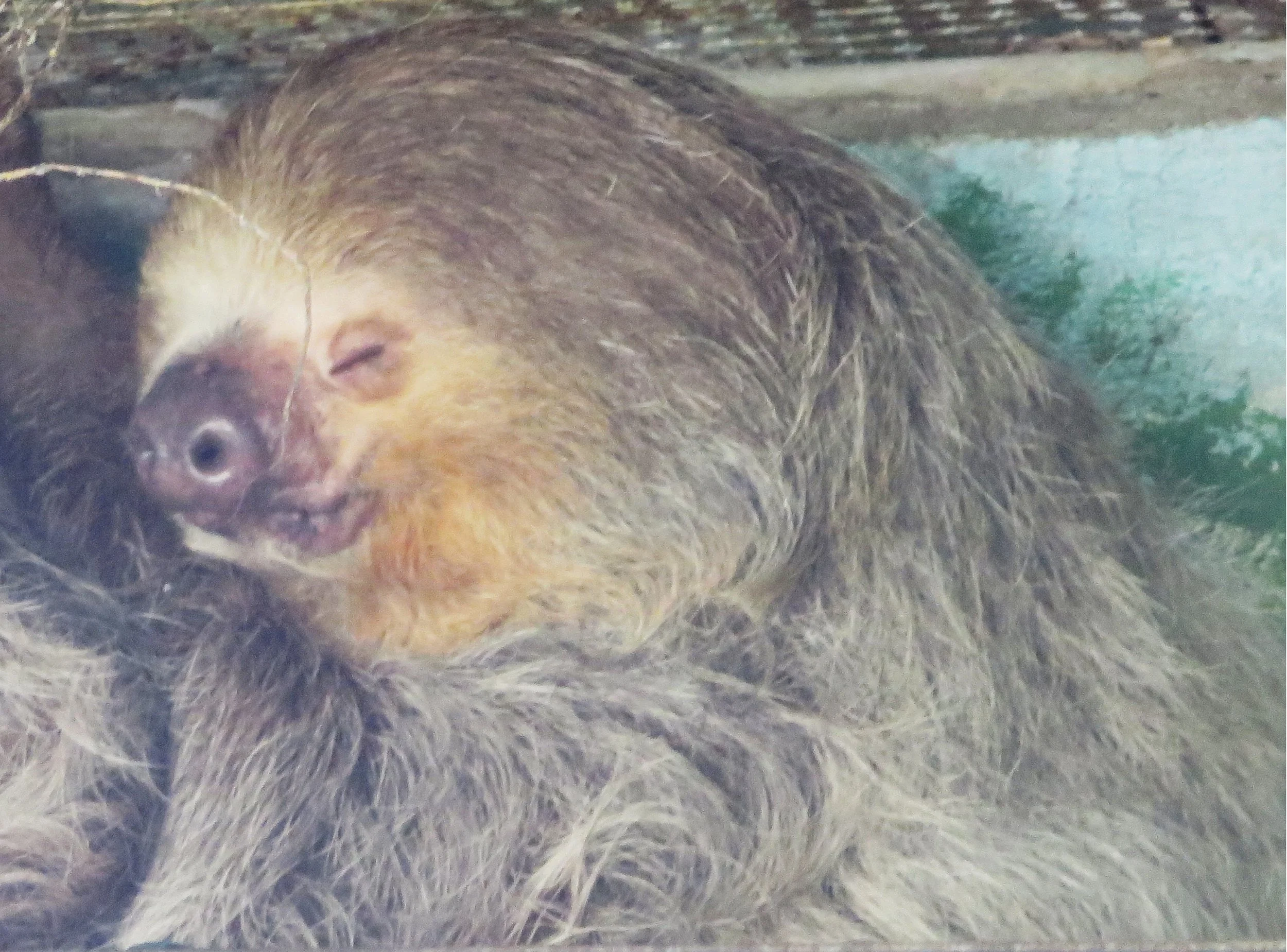International Sloth Day
/I was ever so slow writing this blog… downright slothful, in fact. That’s because it’s International Sloth Day. Celebrated on the 20th of SlothTober each year, it’s a day set aside to learn more about the world’s slowest-moving mammal and its role in the ecosystems of the tropical rainforest.
Indigenous inhabitants of lowland rainforests in Central and South America, sloths are arboreal vegetarians referred to as an ‘umbrella species’ because they dwell primarily high in the canopies of the rainforests, specifically in the warm, humid environment found within 17° of the equator.
Sloth Flashmore from Zooptopia worked at the DMV. Credit: Disney image
Though “sloth” is one of the Seven Deadly Sins and is sometimes considered the epitome of a lazy couch-potato, to many, a sloth is the embodiment of tranquility, patience, and environmental conservation. As such, it has become a national symbol of Costa Rica, which espouses ‘la pura vida’ (the pure life), a relaxed, optimistic, "no worries" attitude, i.e., less stress and more quality of life.
According to the Sloth Conservation Foundation (and I summarize), environmentally, sloths because they are an ‘umbrella’ species, are excellent indicators of the health of the tropical forests. With ongoing deforestation and degradation of rainforests, the protection of sloths and their habitat ultimately benefits a whole host of other species, from poison dart frogs to Great Green Macaws.
Their slow, unhurried lifestyle serves as a metaphor for taking a step back from human stress and reassessing values. Sloths also embody resilience and adaptation, and their role in the ecosystem makes them a benchmark for animal protection ...and conservation efforts worldwide. In Costa Rica, their efforts aim to raise awareness, enforce conservation laws, and implement measures like speed limits and wildlife crossings to protect the animals.
Some cool sloth facts:
Sloths have the slowest metabolism of all mammals. They can sleep for up to 16 hours a day.
Sloths are the slowest animals on earth, moving at an average speed of only 0.03 miles per hour and traveling no more than 125’ (38m) in a single day. On rare occasions when they are at ground level (usually to poop), they crawl only one foot (30 cm) per minute.
Sloths are excellent swimmers, moving through water three times faster than they do on land. They can also suppress their metabolism, lowering their heart rate, which enables them to hold their breath for up to 40 minutes.
Talk about slow… their slow movements allow algae to grow on their fur, which gives them a green tint, thus providing camouflage within the arboreal canopy.
A sloth’s fur also hosts its own ecosystem of insects, especially sloth moths and dung beetles. Sloth moths use the sloth's dung for their larvae and spend the majority of their adult lives in a sloth’s fur before descending to lay eggs. It’s a symbiotic relationship.
Having an excellent sense of smell helps sloths locate their preferred leaves, twigs, and buds that make up their herbivorous diet; however, they are nearly color-blind and have poor vision in bright daylight.
Sloths give birth while hanging upside down.
Mama and baby sloth hanging out. Photo credit: Agustin Murillo
Sloths don’t really smile. Due to their facial structure, they have a naturally upturned mouth.
Sloths have been around for ~35 million years, proof that a slo-mo lifestyle can be a good strategy for survival… especially in the wild. We saw a life-size replica of the extinct giant ground sloth, Megatherium, when we visited the Georgetown National Museum in Guyana a few years ago.
A full-sized replica of a giant ground sloth
Jaguars, ocelots, and harpy eagles are the sloth’s primary predators. All of these critters rely primarily on their keen vision to spot their prey’s movement. The sloth’s lack of movement for hours at a time, arboreal habitat, and algae-coated fur help to protect them from detection by their prey.
There are six recognized species of sloths, divided into three-toed and two-toed types. All live in the tropical rainforests of Central and South America.
A sloth defecates about once a week, and it prefers to do so on the ground.
Want to know more? Check out the Slothopedia at The Sloth Conservation Foundation
We’ve met a sloth or two or three in our travels. Because they’re native to the tropical rainforests of Central and South America, we’ve seen sloths in Panama as well as Colombia… both times as pets, which we’ve since found out is a real no-no.
We’ve seen one in the wild as well… usually hard to pick out because of their natural camouflage and lack of movement except when they descend to poop. As we’ve traveled around the world, we now find that seeing animals in the wild in their own habitats is much preferred to seeing them as captive performers or through the bars or glass enclosures of a zoo.
You can even adopt a sloth here.













